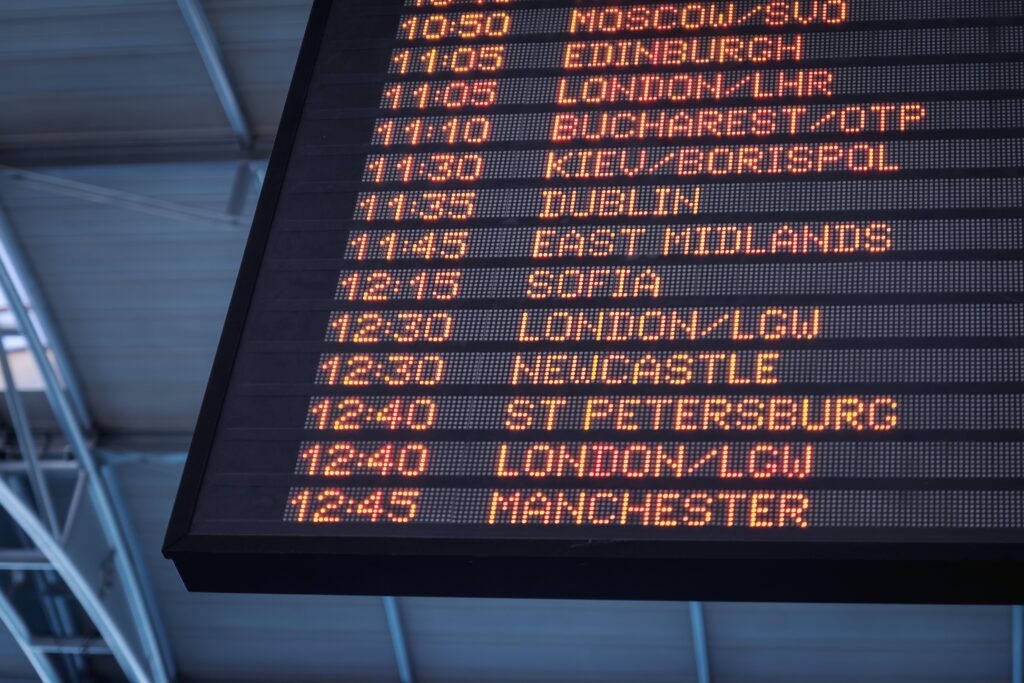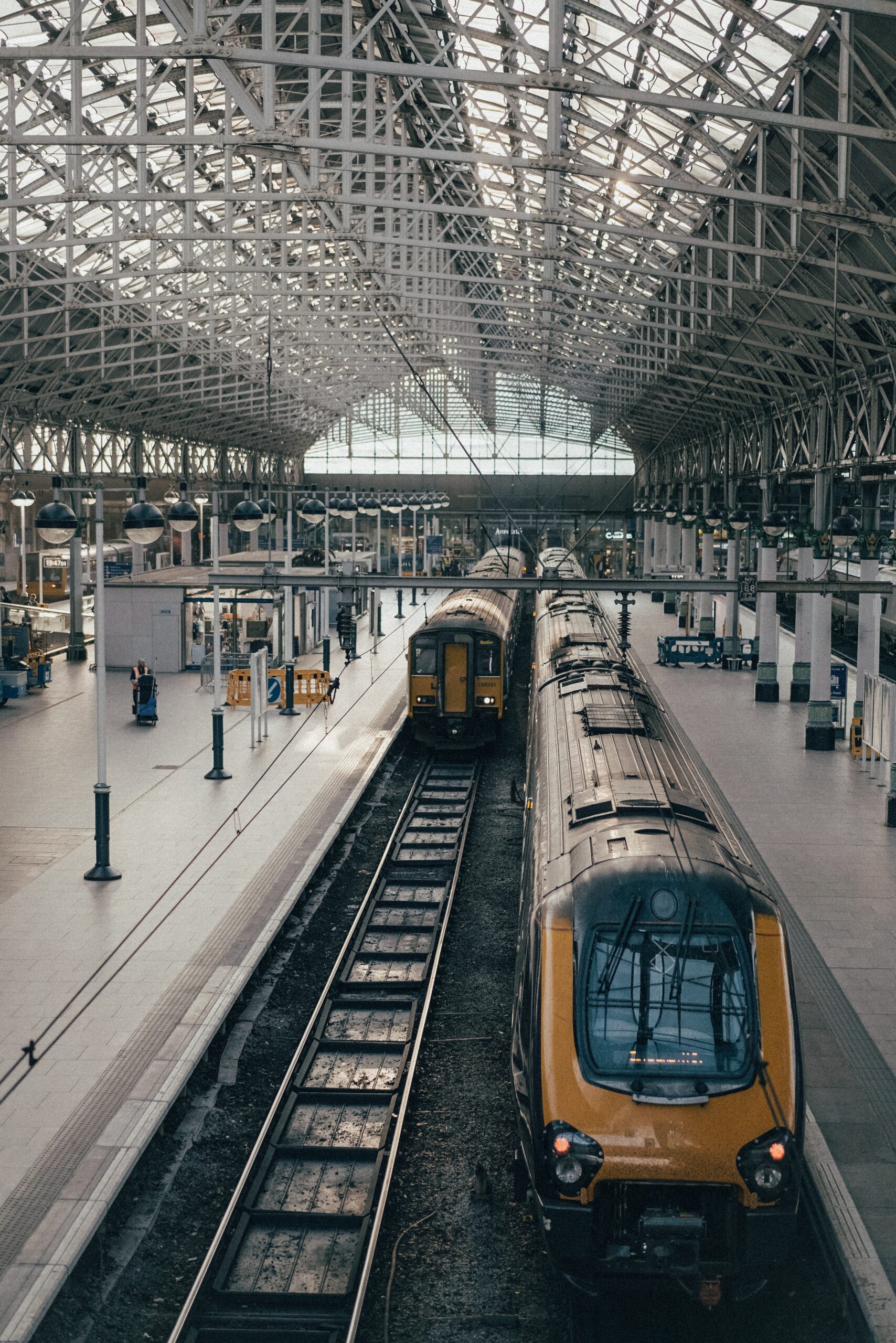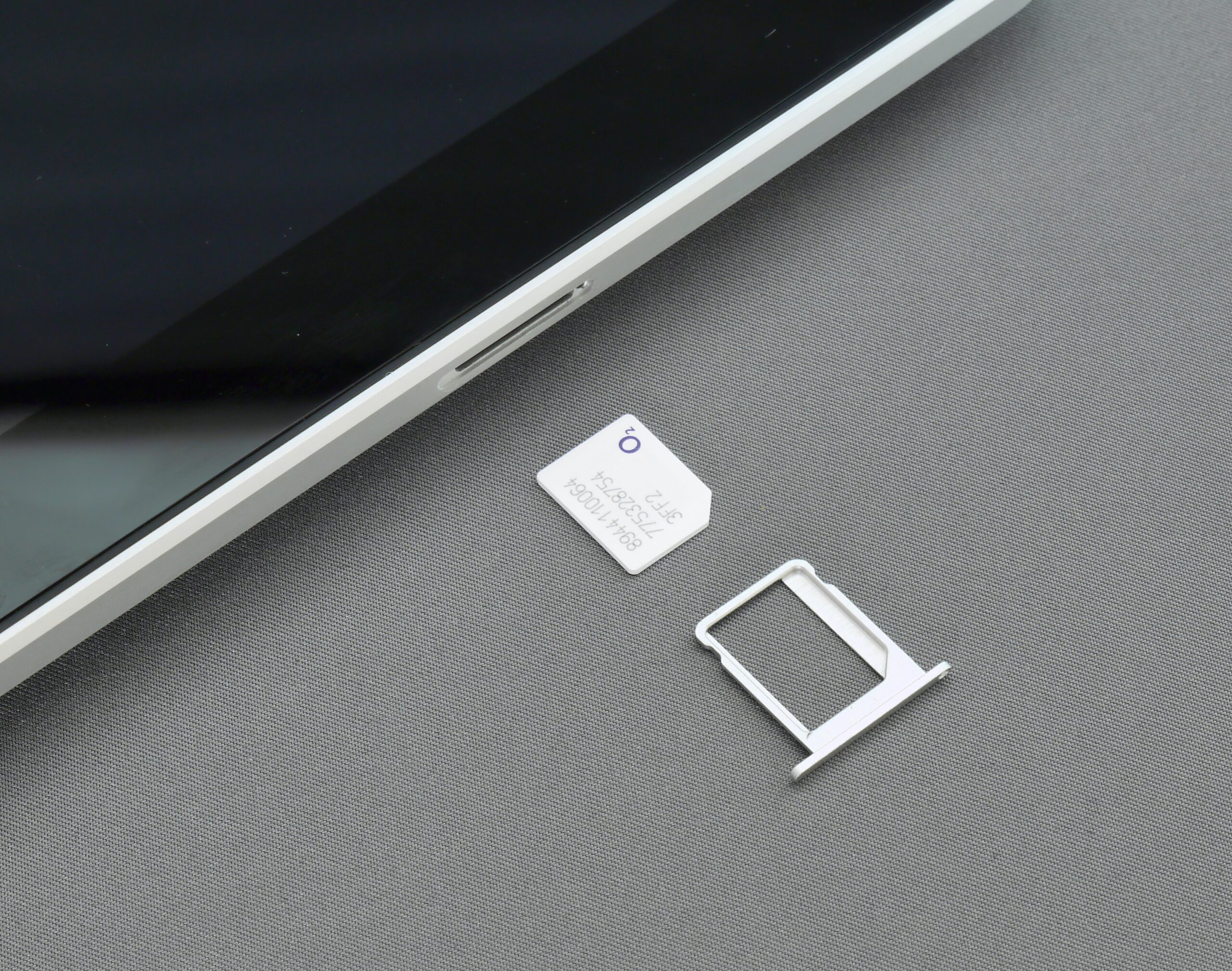Slovenia Transportation Guide
Slovenia Transportation Guide: Efficient transport in Slovenia includes well-maintained roads, a reliable rail network, buses, and easy connectivity for seamless exploration.


Slovenia Transportation Guide – International Airports
Slovenia has one major international airport:
Ljubljana Jože Pučnik Airport (IATA: LJU): Located in the village of Brnik, approximately 19 kilometers northwest of Ljubljana, the capital city of Slovenia. It is the main gateway for international travelers to the country and offers flights to various European destinations and some long-haul flights.
Please note that while Ljubljana Jože Pučnik Airport is the primary international airport in Slovenia, there are also smaller airports that cater to domestic and regional flights. These include:
Maribor Edvard Rusjan Airport (IATA: MBX): Located near Maribor, the second-largest city in Slovenia. This airport mainly serves regional flights and occasional charter flights.
Portorož Airport (IATA: POW): Situated near the coastal town of Portorož, this airport primarily serves general aviation and charter flights.
National Airports
Slovenia has several smaller airports, often referred to as national airports, that serve domestic and regional flights. These airports are typically used for general aviation, charter flights, and some limited commercial operations. Here are the national airports of Slovenia:
Maribor Edvard Rusjan Airport (IATA: MBX): Located near Maribor, the second-largest city in Slovenia. This airport serves regional flights and has a history of both commercial and general aviation activities.
Portorož Airport (IATA: POW): Situated near the coastal town of Portorož, this airport primarily serves general aviation and charter flights. It’s often used by tourists visiting the coastal region.
Celje Airport: This airport is located near Celje, a city in central Slovenia. It serves primarily as a general aviation airport.
Lesce-Bled Airport: While not an IATA-coded airport, Lesce-Bled Airport is used for general aviation and pilot training. It’s located near Bled, a popular tourist destination.
Slovenia Transportation Guide – Trains
Slovenia has a well-developed railway network that provides efficient and convenient transportation within the country and also connects Slovenia to neighboring countries. The railway system is managed by Slovenske železnice (Slovenian Railways). Here are some key aspects of Slovenia’s train system:
Train Services:
Slovenian Railways operate a variety of train services, including regional, intercity, and international trains.
Main Train Routes:
- The main railway line runs from Maribor in the northeast to the capital city, Ljubljana, and further south to the coastal town of Koper.
- Another important route connects Ljubljana to the town of Nova Gorica near the Italian border.
- The Bohinj Railway connects Jesenice to Nova Gorica and offers scenic views of the Julian Alps and the Soca River valley.
Regional Trains:
These trains connect smaller towns and cities within Slovenia. They are an important mode of transportation for daily commuters and travelers exploring the country’s regions.
Intercity Trains:
Intercity trains provide faster connections between major cities like Ljubljana, Maribor, and Koper. They offer more comfort and amenities than regional trains.
International Connections:
Slovenia’s rail network is well-connected to neighboring countries. You can easily travel to Austria, Italy, Hungary, and Croatia by train. The EuroCity (EC) and InterCity (IC) trains provide international services.
Timetables and Tickets:
Train schedules, timetables, and ticket information can be found on the official website of Slovenske železnice. Tickets can be purchased online, at train stations, or on board (for certain routes).
Rail Passes:
If you plan to travel extensively within Slovenia and the surrounding countries, you might consider using an Interrail or Eurail pass, which offer flexible options for train travel.


Slovenia Transportation Guide – Buses
Slovenia has an extensive and well-organized bus network that serves both urban and rural areas. Buses are an important mode of transportation for both locals and tourists, providing connectivity to various towns, cities, and even remote regions. Here are some key points about the bus system in Slovenia:
Urban Buses: Major cities like Ljubljana, Maribor, Koper, and Celje have efficient urban bus systems that provide transportation within the city and its suburbs. These buses are operated by different city transport companies.
Interurban Buses: These buses connect cities, towns, and villages across the country. They are an important mode of transportation for daily commuters and travelers exploring different regions.
Rural Buses: Rural areas and smaller towns are connected by regional and rural bus routes. These routes ensure connectivity to places that might not have direct train connections.
Bus Tickets: Tickets can be purchased directly from the driver when boarding. Some bus operators also offer ticket vending machines at bus stations. You may also be able to buy tickets through mobile apps or online platforms.
Bus Types: Buses in Slovenia range from standard local buses to more modern and comfortable intercity coaches. Some intercity buses might offer amenities like air conditioning and Wi-Fi.
Connections to Neighboring Countries: Buses provide international connections to neighboring countries like Austria, Italy, Croatia, and Hungary. This can be a convenient way to travel between countries.
Tourist Buses: In tourist areas like Bled and coastal towns, you might find special tourist buses that take visitors to popular attractions and destinations.
Bus Cards: Some cities offer prepaid bus cards or smart cards that can be used for multiple rides and offer discounts.
Links of interest
Airlines:
Trains:
Buses:
Metro:


We recommend
Slovenia travel tips
Our guide offers essential Slovenia travel tips and insights for an unforgettable journey. Plan your trip with us!
Slovenia Transportation Guide – SIM Cards
Providers: Choose between major providers like Telekom Slovenije, A1, and Telemach for reliable network coverage across Slovenia.
Prepaid SIM Cards: Purchase prepaid SIM cards at airports, kiosks, or provider stores for flexible data and talk time options.
Identification Requirements: Be prepared to show your passport or ID when buying a SIM card, as registration is often required.
Coverage: Confirm coverage in remote areas if planning to explore off-the-beaten-path locations.
Top-Up Options: Easily top up credit at kiosks, stores, or through mobile apps for uninterrupted connectivity.
Data Packages: Choose data packages that suit your needs for internet access while exploring Slovenia.
EU Roaming: Check if your SIM card includes EU roaming benefits for seamless connectivity in other European countries.
Mobile Hotspots: Consider getting a mobile hotspot device for multiple devices if you need constant internet access.
English Support: Most providers have English-speaking customer support to assist with any issues or queries.
Validity Period: Be aware of the validity period of your SIM card; top up or extend as needed to avoid deactivation.
Network Speeds: Slovenia generally offers good network speeds, ensuring a smooth online experience.
Smartphone Compatibility: Ensure your smartphone is unlocked and compatible with Slovenian networks before purchasing a SIM card.
Airport Convenience: Consider buying a SIM card at the airport for convenience upon arrival.
Data Rollover: Check if your provider offers data rollover so you can maximize unused data from previous months.
Emergency Services: Save local emergency numbers in your contacts for quick access in case of any issues.
Currency Converter
Currency Converter EUR/USD: Sun, 8 Jun.
Unit Converter
Slovenia Transportation Guide – Maps
What map do you need?
Choose your destination
More information about this country








